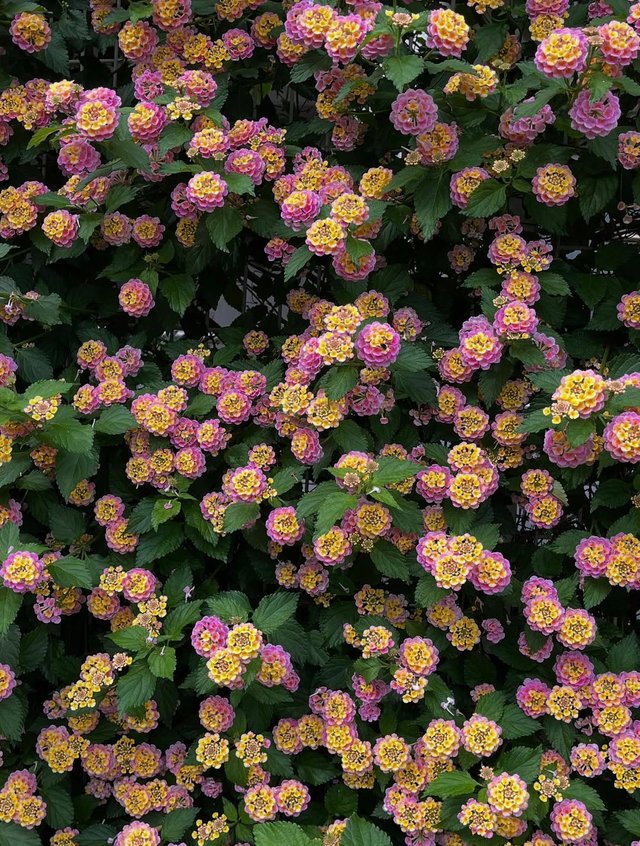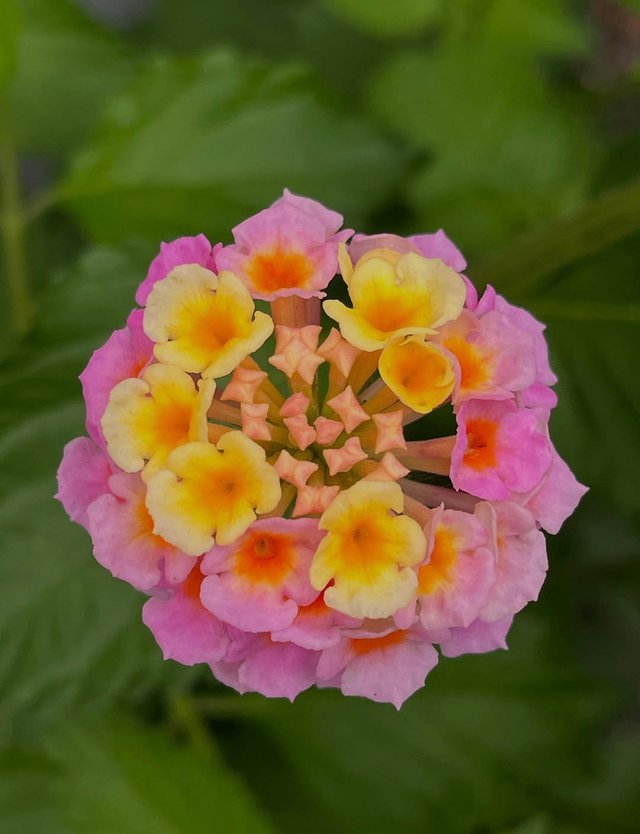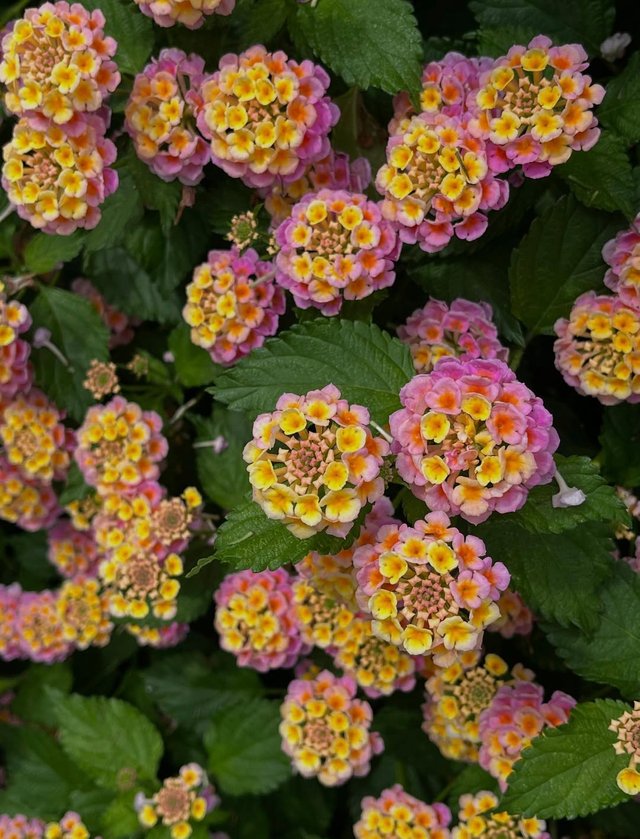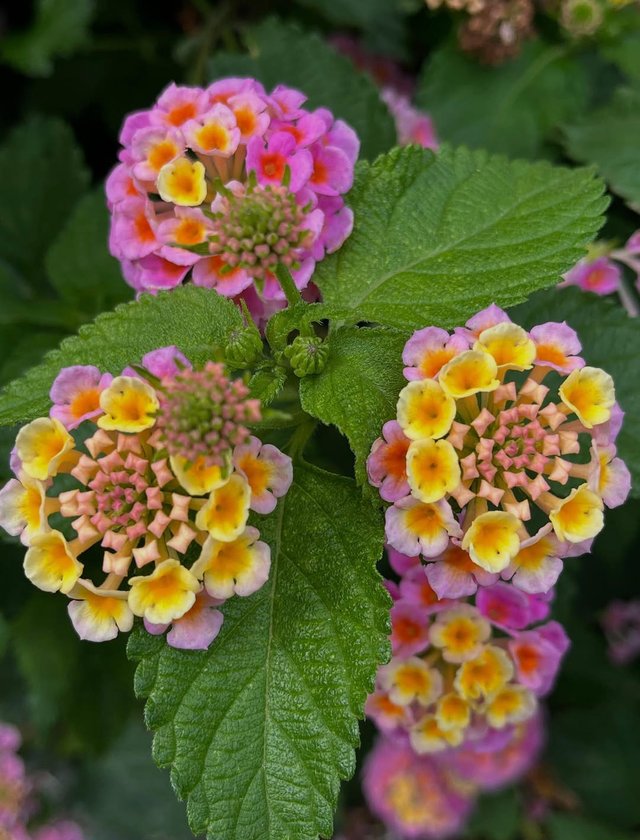West Indian Lantana: The Wild Beauty with a Controversial Reputation
Few flowering plants spark as much admiration—and debate—as the West Indian Lantana, scientifically known as Lantana camara. With its vivid, multicolored blooms and ability to thrive in even the harshest conditions, this plant has won the hearts of gardeners and landscapers across the globe. At the same time, its aggressive growth and ecological impact have raised red flags in many regions, earning it a reputation as both ornamental treasure and invasive threat.Despite its complexities, the West Indian Lantana remains one of the most widely recognized and discussed flowering plants in the tropical and subtropical world. Let’s dive into the story behind this vibrant survivor—its beauty, uses, ecological roles, and why it walks a fine line between loved and loathed.
The West Indian Lantana is native to Central and South America and parts of the Caribbean, including the West Indies, which is where it gets its common name. It has since been introduced—and in some cases, naturalized—in over 60 countries, making it a truly global species.It is a perennial flowering shrub, typically growing 3 to 6 feet tall (sometimes up to 10 feet in warm climates), with a dense, woody base and sprawling, often vine-like branches. The leaves are rough-textured and aromatic, releasing a pungent scent when crushed—often compared to citrus or turpentine.
The most striking feature of the West Indian Lantana is its clustered flower heads, known as umbels. Each head contains dozens of tiny tubular flowers that change color as they mature. A single umbel might display reds, oranges, yellows, pinks, and purples all at once, earning it the nickname “Spanish Flag.”This color-changing trait serves an ecological function: it signals to pollinators which flowers have already been visited. The fresh, unvisited blooms are bright and attract pollinators like butterflies, bees, and hummingbirds, while the older flowers darken and become less attractive, reducing wasteful visits.




